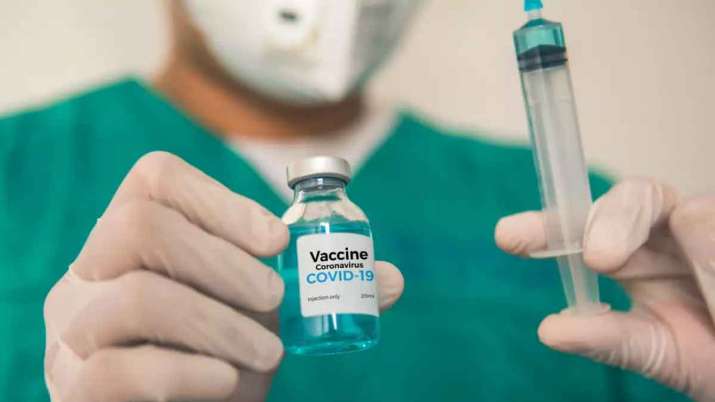The axiom “we are what we eat” often serves as a guiding principle for maintaining a healthy lifestyle through dietary choices. However, recent revelations regarding the adulteration of foods and spices with cancer-causing agents have understandably sparked widespread concern and raised questions about food safety.
While this news may come as a shock to many, the European Union had previously raised flags on this issue. According to reports, between 2019 and 2024, over 400 export-quality products from India were flagged by the EU for being highly contaminated.
A report published by Deccan Herald, accompanied by a PDF list of 400 Indian food products, highlights that 14 of these products are known to cause harm to various organs and contain dangerous elements such as mercury and cadmium, particularly in fish.
Among the concerning findings, it is noted that 21 products, including octopus and squid, contained cadmium, which poses risks of chronic kidney disease and cardiovascular problems. Additionally, at least 59 products were found to contain pesticides known to be carcinogenic. Chemicals such as tricyclazole, a fungicide banned in the EU due to its carcinogenic and genotoxic properties, were detected in rice, herbs, and spices. Furthermore, over 52 products were found to contain multiple pesticides or fungicides, some containing as many as five different chemicals.
The report also reveals the presence of toxic substances such as 2-chloroethanol, a byproduct of ethylene oxide, in approximately 20 products. Ochratoxin A, a banned mycotoxin, was found in 10 products, including chillies, coffee, and rice. Salmonella contamination was identified in organic shatavari, ashwagandha, sesame seeds, and other products.
Moreover, aflatoxins, a poisonous carcinogen and mutagen known to cause liver damage and cancer, were detected in groundnut kernels and nut crackers. Additionally, chlorpyrifos, an organophosphate insecticide, acaricide, and miticide, was found in coriander seeds powder.
These findings raise significant concerns about the safety and quality of food products available in the market. It is imperative for regulatory authorities to take decisive action to address these issues and ensure the safety of consumers. What are your thoughts on this report and its findings? Feel free to share your opinions in the comments section.




